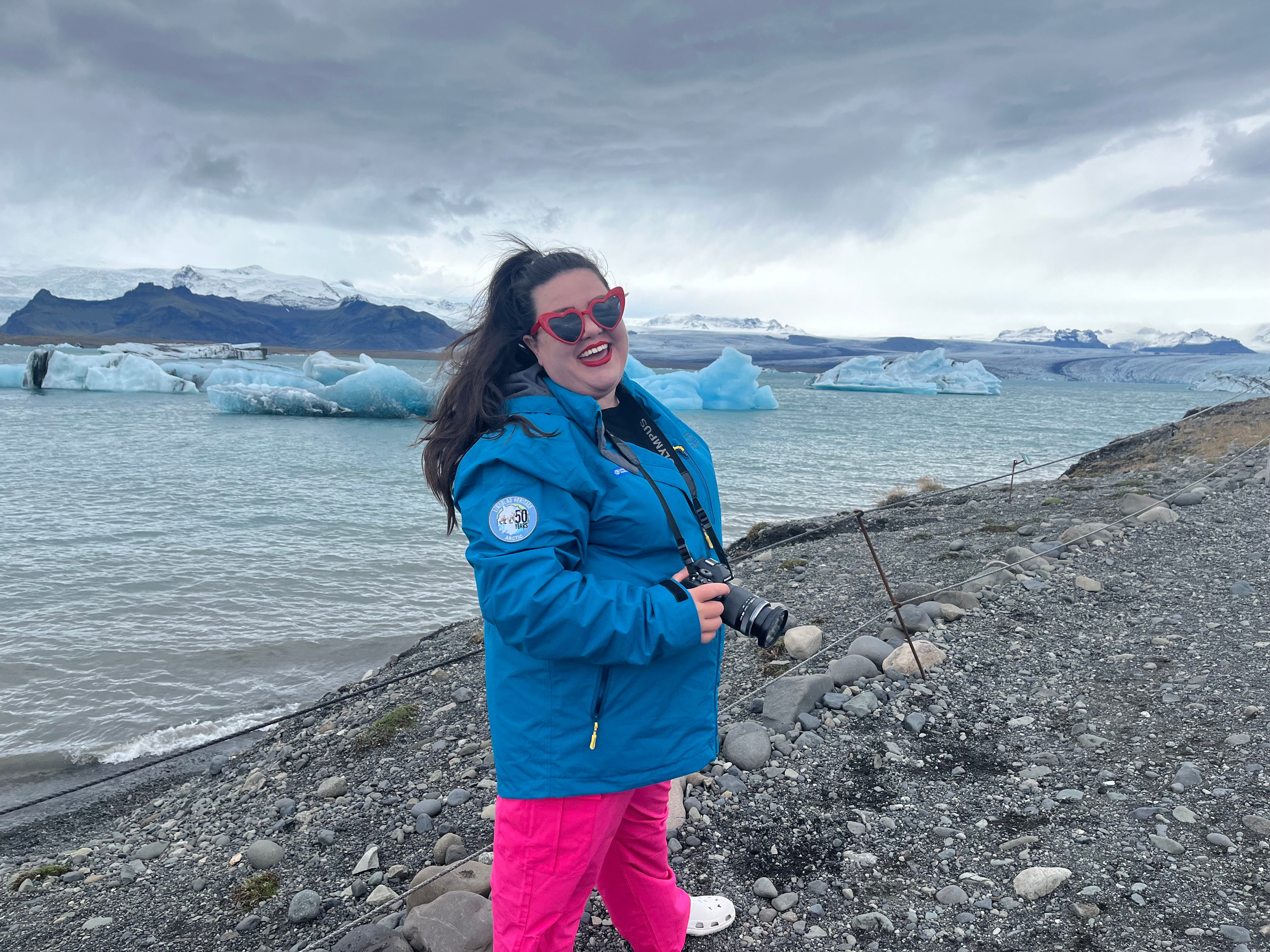
Megan duBois
- I’m a frequent traveler who was surprised by my first expedition cruise.
- These cruises are often small and focused on adventure and taking people to hard-to-reach spots.
- I was surprised by the variety of excursions and how rough the waters could get.
Though I’ve been on over 50 cruises on large ocean liners and smaller river ships, I had never been on an expedition cruise until last year.
Expedition cruises typically sail for at least seven nights and go to hard-to-reach or remote destinations like the Galapagos, Arctic, Alaska, and even narrow passages in Europe that big ships can’t access.
They’re ideal for passengers who want to go on adventures and learn about their surroundings, rather than party or lounge by a pool.
Compared to other cruises, expedition sailings typically have a smaller number of guests, too. Whereas mega-ships hold thousands of passengers, my 10-night National Geographic-Lindblad Expeditions cruise around Iceland had fewer than 150 people.
Though I’m a frequent traveler who spent months reviewing the itinerary, researching each port, and checking the ship’s suggested packing list, I still wasn’t completely prepared for my first expedition cruise.
Here are a few things I wish I’d known before arriving on the ship.
An expedition team takes the place of a typical cruise director and entertainment staff on board.
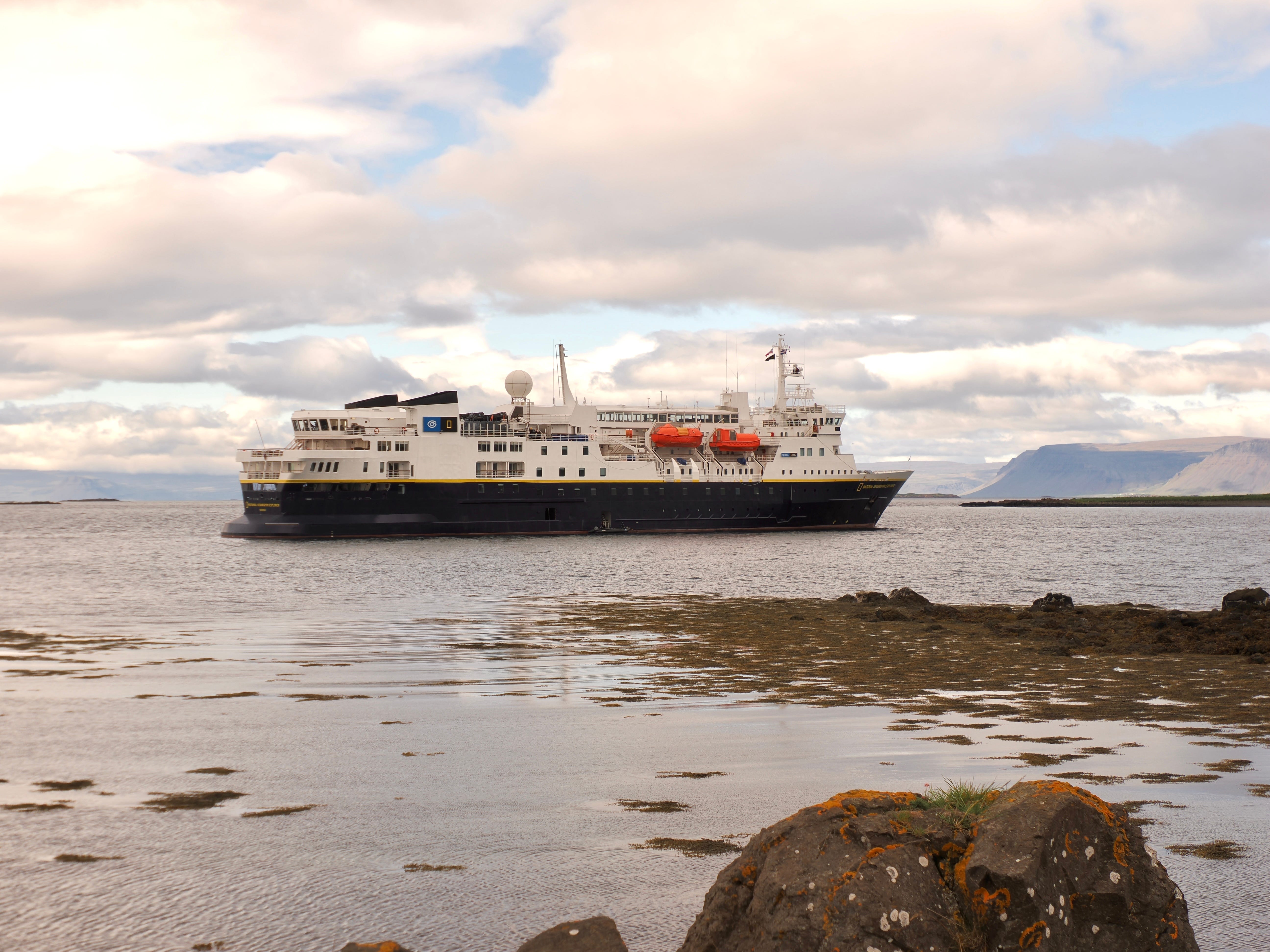
Megan duBois
You won’t find a typical cruise director on an expedition sailing.
Instead, an entire expedition team leads the group in various activities, teaches passengers about local life and the natural surroundings, and helps guests with animal spotting while on board.
Some excursions are very physically demanding, but there are usually options at each port.
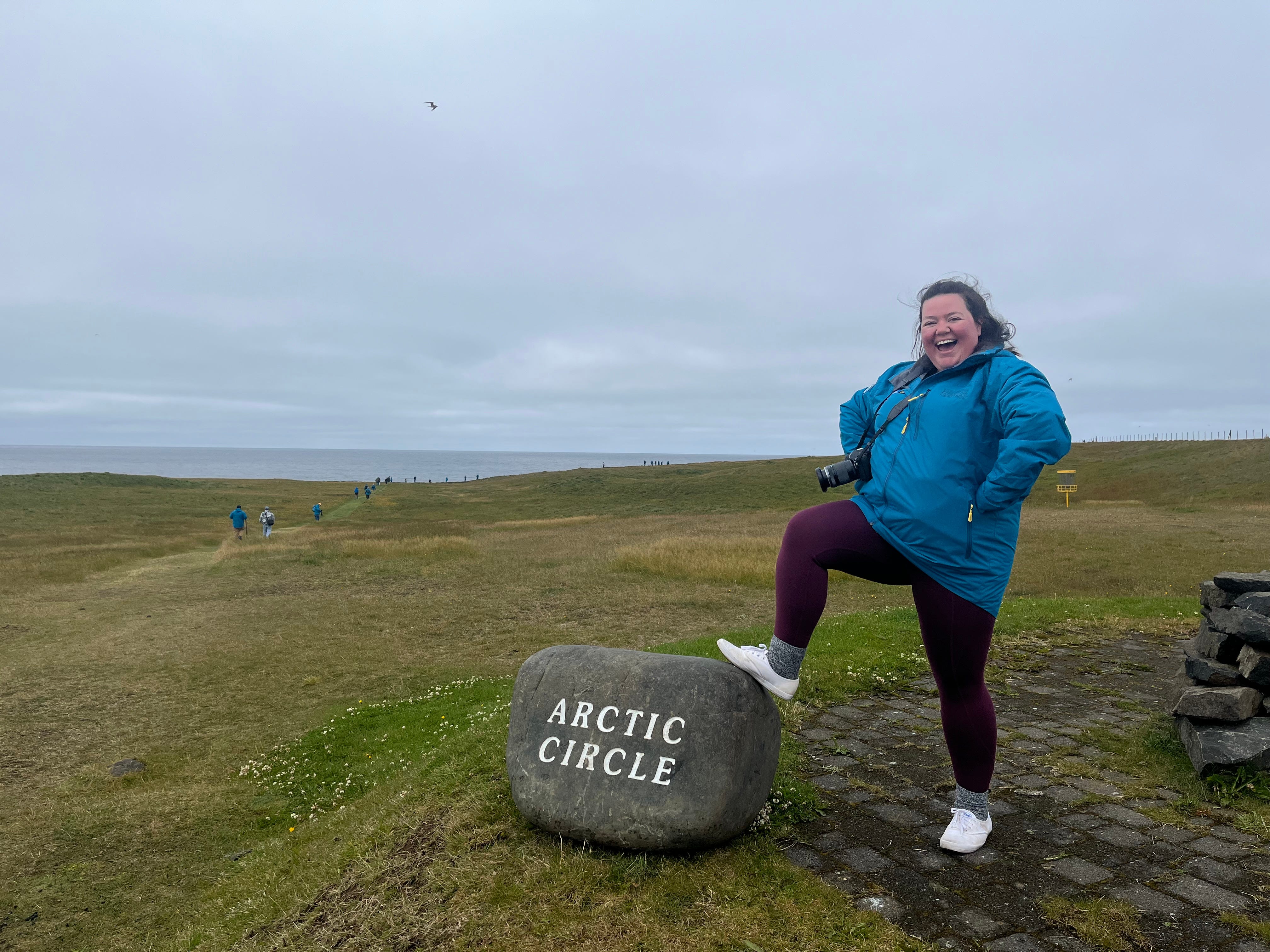
Megan duBois
Expedition cruises typically host planned excursions at each port. Mine were included in the cost of my ticket on this sailing, but this can vary by cruise line and excursion type.
I thought most days of my cruise would be leisurely with walks and short hikes to points of interest, slow kayak trips through fjords or boat rides to glacial lagoons, and taste tests of local delicacies.
Those things happened in some ports of call, but other days were filled with physically demanding excursions, such as 8-mile hikes over rough terrain to a waterfall or walks with steep inclines and quick elevation changes.
Because of this, I wish I’d packed a better pair of hiking boots for the trip. I also wish that the itinerary shared more details about each of the more strenuous activities, such as an estimate of how long it would take to complete a hike or the amount of elevation gain in a trail.
I liked the variety of excursions, though, since it meant people could often choose the activity they were most interested in or physically equipped to handle.
Waters crossed on expedition cruises can be rough, even for seasoned cruisers.
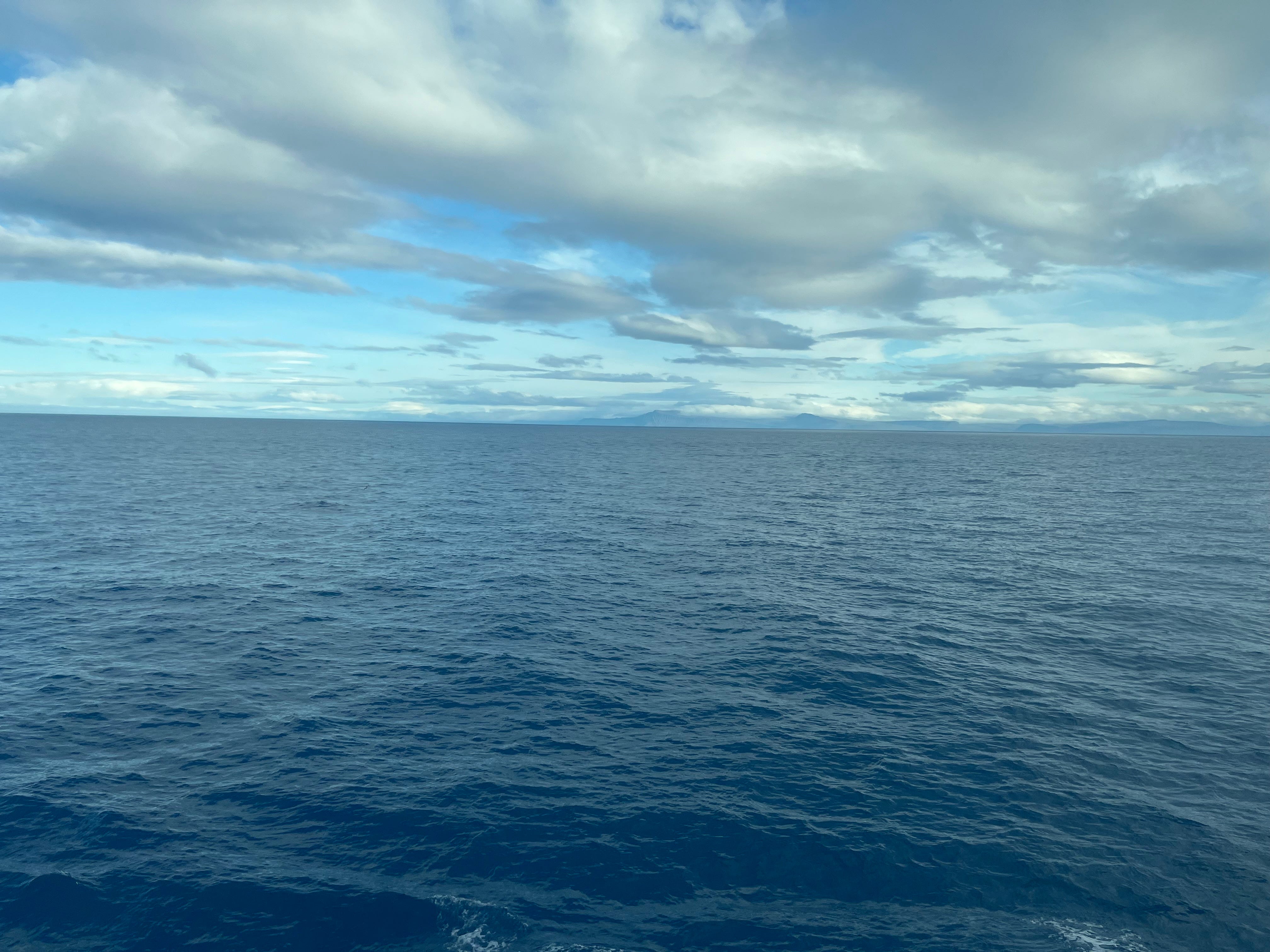
Megan duBois
Though I’ve experienced my share of difficult sea days on ocean cruises, I had never encountered such rough waters until this trip.
Waves were crashing up to the third-deck windows, and ropes were put in place around the ship for guests to hold onto for extra support.
Another cruiser on my ship mentioned our Iceland experience was nearly as rough as when they crossed the infamous Drake Passage, which travelers take to get to Antarctica.
The nice thing about expedition ships, though, is that they are built for all types of weather conditions, so I felt safe even during rough seas.
And no matter which type of cruise I’m on, I always pack things like ginger candies and motion-sickness medication to help with sea sickness.
The ships are often pretty basic, but you might get unique access to some places on board.
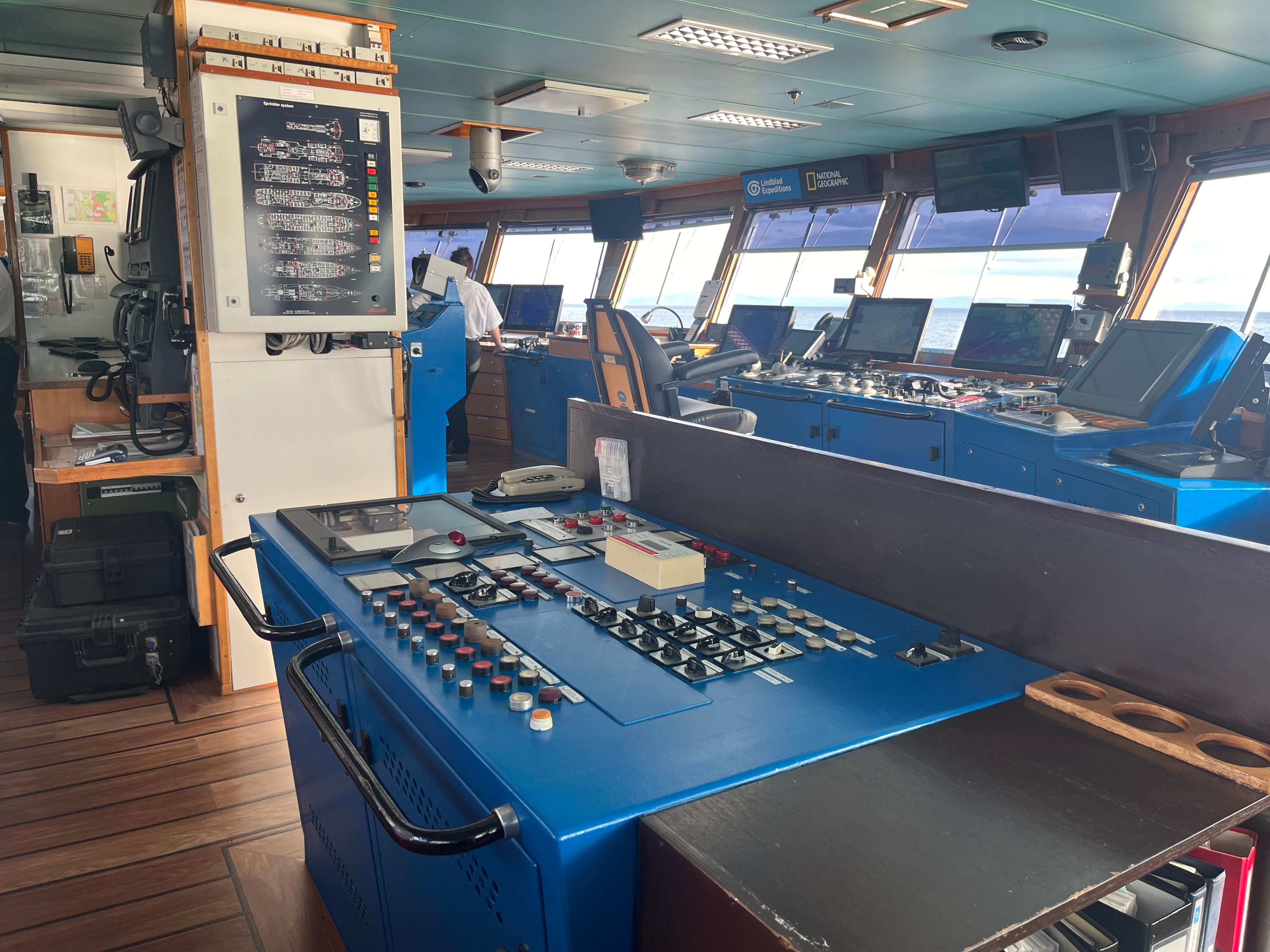
Megan duBois
Compared to large ocean cruises that have dance clubs, pools, multiple restaurants, and evening entertainment, expedition ships are typically quite simple.
My ship had one lounge, one restaurant, and a handful of outdoor decks to enjoy, but most of the entertainment was watching nature or exploring one of the many ports of call.
Though we didn’t have many spaces, we were able to access some that are typically closed off on larger ships, such as the bridge, where the captain steers and controls the ship.
The captain and his crew were always friendly whenever I was there, and the bridge was one of the best areas on the ship for viewing wildlife.
It’s crucial to read the packing list carefully, as gear may be provided.
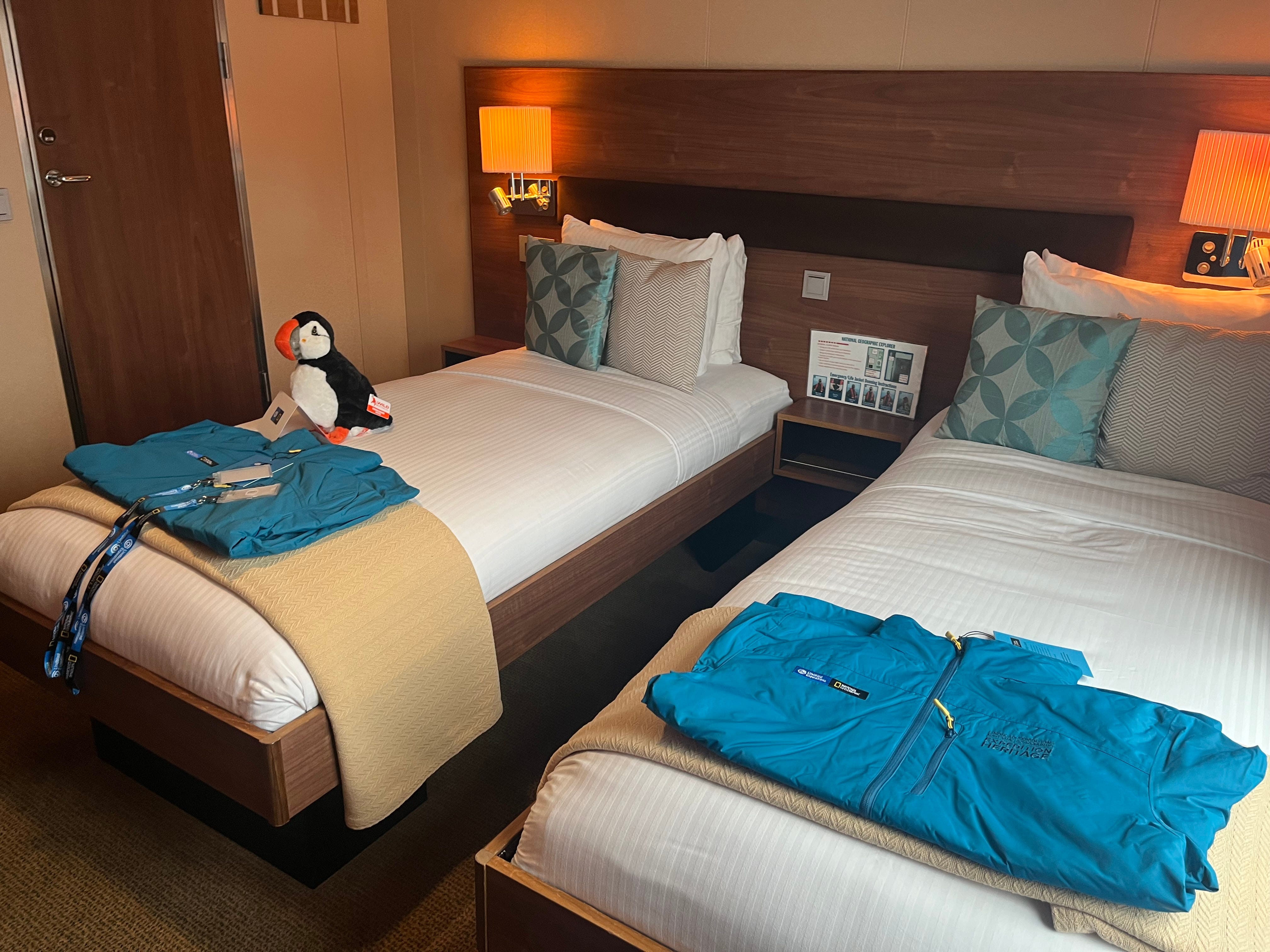
Megan duBois
On many expedition cruises, passengers are provided with gear they can use throughout their trip at no additional cost.
For example, a bright-blue parka that I could wear on excursions was waiting in my cabin when I boarded. Guests could also rent kayaks or borrow photo equipment from the ship’s library.
Though these were free for guests to use on my ship, included amenities and perks vary by itinerary and cruise line.
Read the original article on Business Insider
The post After 50 cruises, I still wasn’t prepared for my first expedition sailing. I wish I’d known how it’d differ from other trips. appeared first on Business Insider.




